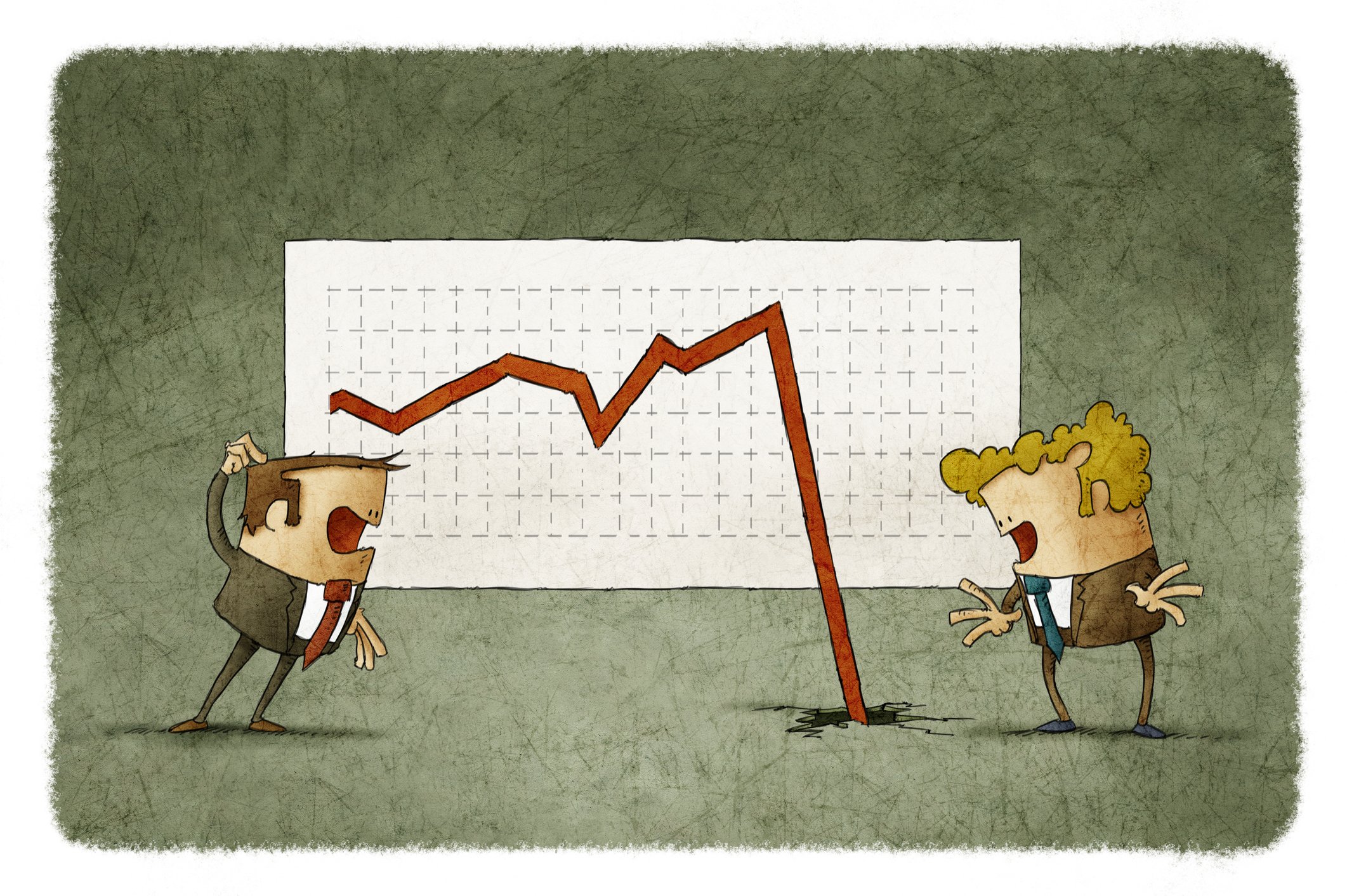Winnebago (WGO 0.47%) recently closed the books on a difficult fiscal year that saw the recreational vehicle industry shift to a 20% decline in shipments compared with a double-digit increase in the prior year. That level of demand swing would hurt any business, and the RV giant did announce lower sales and a slight profitability drop in fiscal 2019.
But, as executives explained in a conference call with Wall Street analysts, Winnebago gained market share and bulked up its portfolio in ways that position it to weather the next phase of industry growth, which might include a return to shipment growth within the next year.
Let's look at a few highlights from management's call with investors.

Image source: Getty Images.
Outperforming the fundamentals
In 2019, our annual revenues of $2 billion, a record net income of $112 million, and RV share gains were truly remarkable considering the headwinds, tariffs, trade constraints, economic uncertainty, reckless partisan politics, et cetera that challenged the industry this year.
-- CEO Michael Happe
Winnebago outperformed the industry by a wide margin, with sales falling less than 2% even as RV shipments dived 20%. The towable product segment, led by the new Grand Designs brands, was responsible for most of those gains. That division grew sales 6% for the full year and held its industry-leading profitability despite increased costs.
The motor-home unit wasn't nearly as strong, logging an 18% sales drop for the full year. Still, management was encouraged by significant improvements at the end of the year in sales trends and profit margins.
Getting back to even
We believe there may be another two to three months of nominal [RV] inventory reduction at the industry level but that most dealers have reached a comfort zone.
-- Happe
Winnebago's early look into 2020 is informed by its deep view into the industry, including by following consumer traffic at its latest retail shows. Other indicators, such as demand for truck and SUV purchases, also cut against the worry that investors have about RVs fading in popularity.
Altogether, Happe and his team see the potential for industry shipment trends to improve to a low-to-mid-single-digit decline for the year ahead while perhaps returning to growth by late 2020.
Given that Winnebago could again outperform that broader market and will benefit from the recent acquisition of RV manufacturer Newmar, management is implying a quick return to solid sales growth, assuming no sharp change in consumer confidence or financing options.
Spreading its bets
We anticipate that approximately 10% of our revenues in fiscal year 2020 will come from businesses or markets that we did not have a presence in at the end of our fiscal 2017 year.
-- Happe
The successful integration of the Grand Design towable RV portfolio has only added to management's enthusiasm for bold but targeted acquisitions that broaden its revenue base and allow Winnebago to shift resources toward better-performing industry niches. The Chris-Craft brands bring it into the marine market for the first full year in 2020. The Newmar buyout, meanwhile, will make Winnebago home to three of the biggest RV brands in the industry.
Growing a consumer discretionary business at that pace is risky because excess capacity could create a huge burden of fixed costs when the next downturn hits. But Winnebago's latest results suggest that the company can navigate even a sharp rebalancing of dealership inventory without sacrificing much in the way of earnings, sales, or cash flow.






